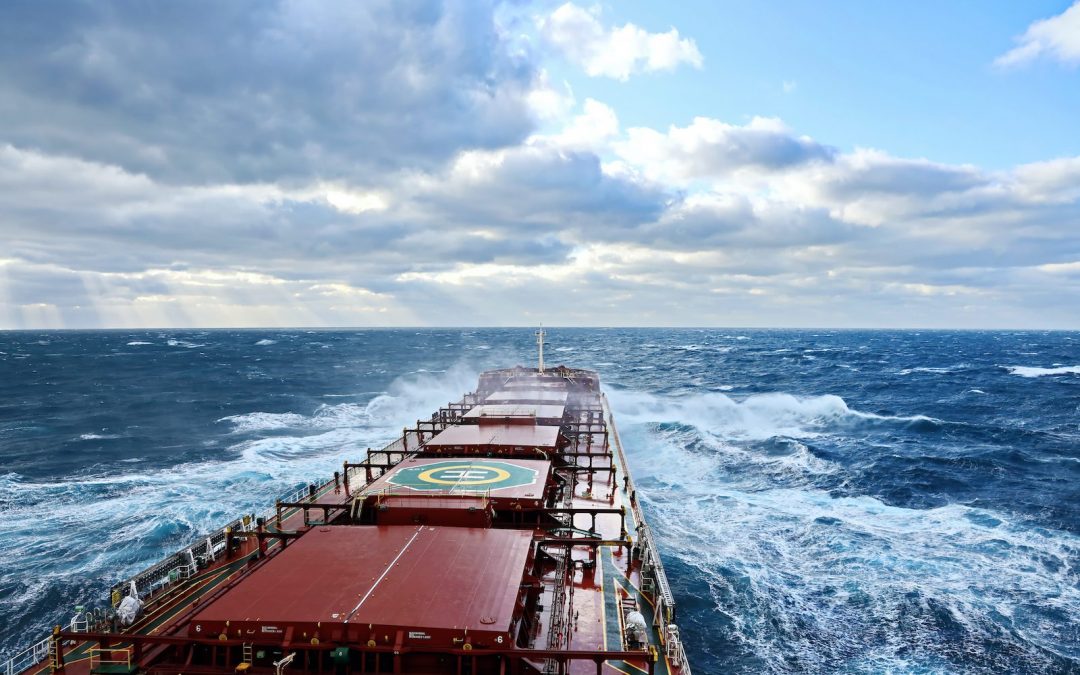The Baltic Exchange’s dry bulk sea freight index, which tracks rates for ships carrying dry bulk commodities, fell for a second straight session on Tuesday, dragged down by weaker rates across capezise and panamax vessel segments.
The index, which factors in rates for capesize, panamax and supramax shipping vessels, shed 8 points to 801 points.
The capesize index was down 31 points at 779 points, its lowest since February 2023.
Average daily earnings for capesize vessels, which typically transport 150,000-ton cargoes such as iron ore and coal, decreased by $258 to $6,458.
Iron ore futures erased early gains to trade lower on Tuesday as unrest from U.S. President Donald Trump’s new tariffs outweighed concerns over weather-related supply disruptions in major supplier Australia.
The new 25% tariffs rates on steel and aluminum imports into the U.S. are due to take effect on March 12, according to the executive orders signed by President Donald Trump on Monday.
U.S. tariffs on steel and aluminum are expected to have a small but negative direct impact on the Baltic dry index, mainly affecting panamax and handysize vessel segments, said Filipe Gouveia, shipping analysis manager at BIMCO.
“While the U.S. has the domestic production capacity to replace all imports, a 25% tariff might not be sufficient to lead to a complete replacement of imports.”
The panamax index fell by 17 points to 1,011 points.
Average daily earnings for panamax vessels, which usually carry 60,000-70,000 tons of coal or grain cargo, decreased by $147 to $9,101.
Among smaller vessels, the supramax index was up 16 points at 710 points, its highest in over three weeks.
Source: Reuters





